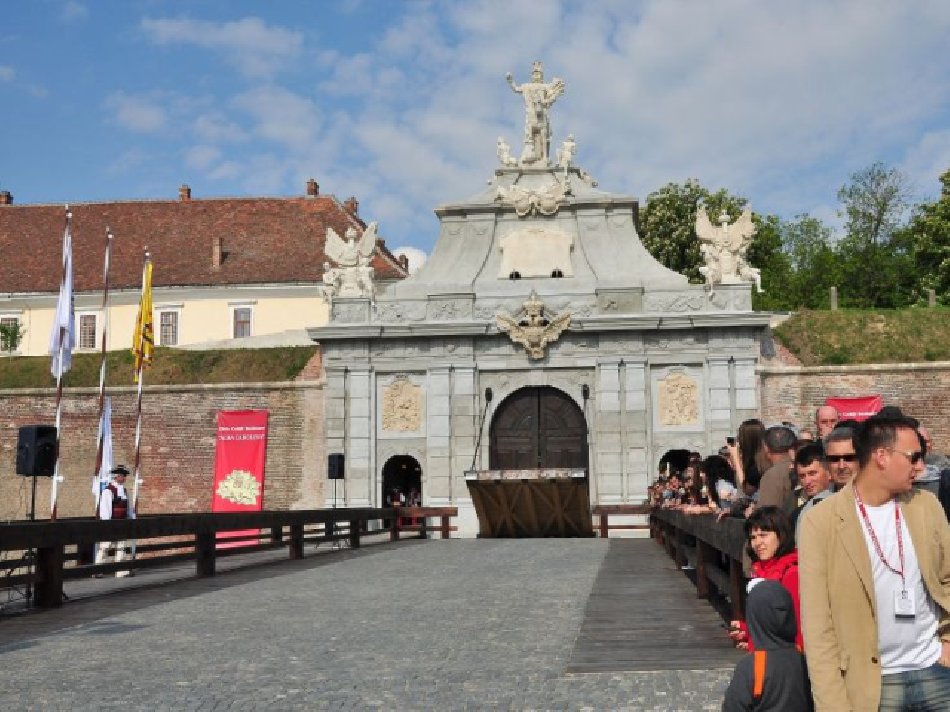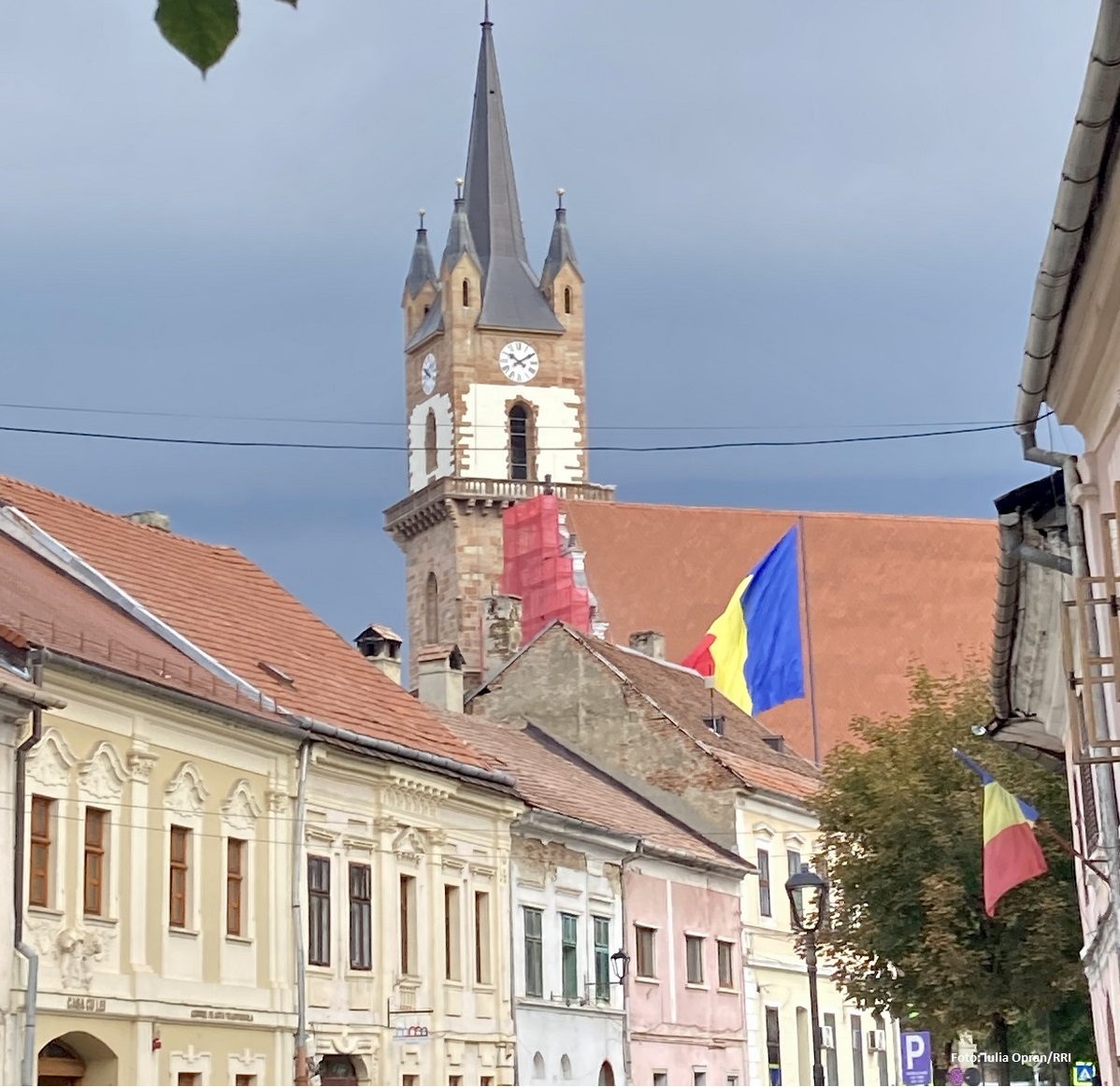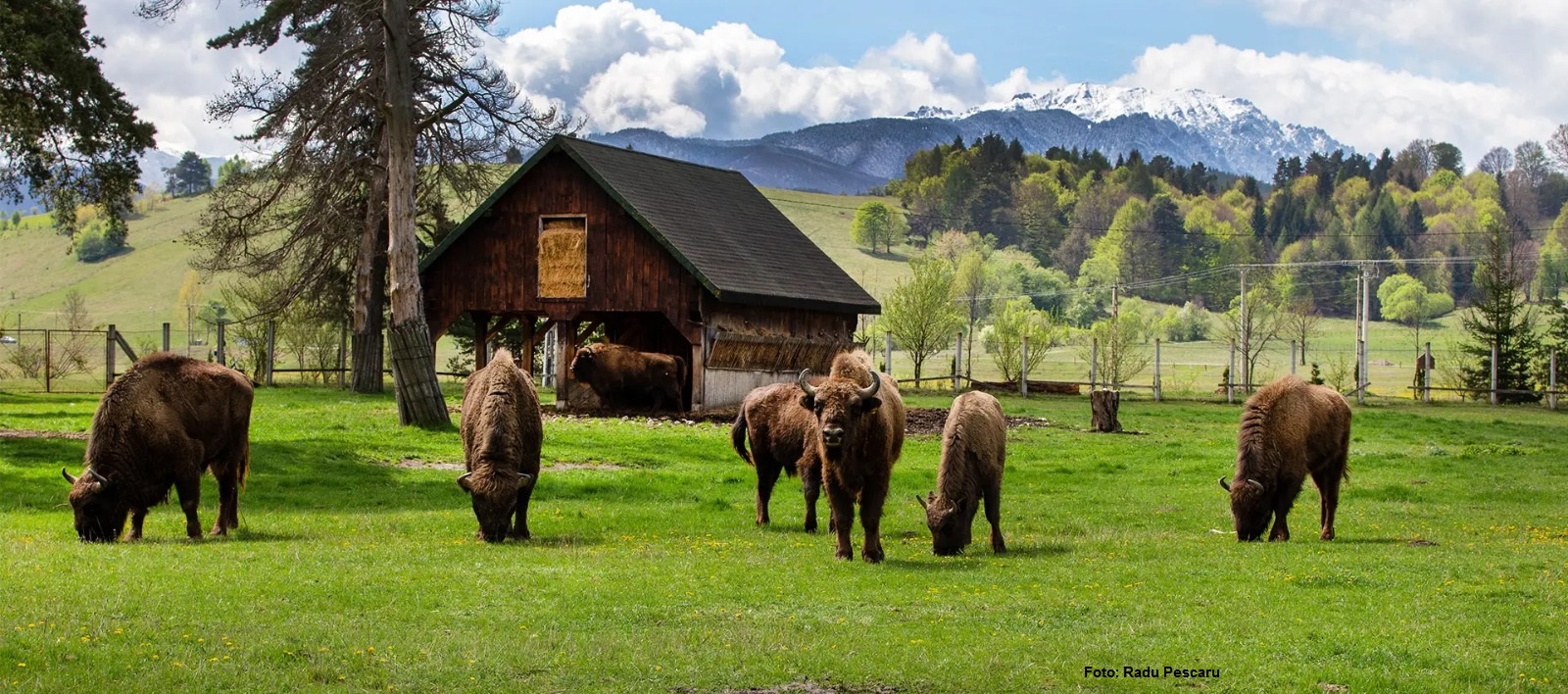Tourist hotspots in Alba county
Alba county, in central Romania, is an area full of historical vestiges, monuments and beautiful landscapes.

Daniel Onea, 07.11.2013, 13:35
One of the most spectacular sites in these parts is Transalpina, a road winding through the mountains. Other attractions in Alba county include the Red Ravine, the Glacier in Scarisoara, the White Citadel, the Vidra Waterfall and the Snail Hill. Our journey started in the county capital of Alba Iulia, where we met our guide Emanuel Dragusin:
“I recommend tourists, whether they are from Romania or abroad, to start with a visit to the Vauban-style citadel Alba Carolina. Covering 100 hectares, this is the biggest fortification of this type in Romania and south-eastern Europe.”
The Alba Iulia fortress also stands out for the wealth of its sculpted decorations, says our host Emanuel Dragusin:
“The fortress has six extremely beautiful gates, three of which are located on its eastern side. Visitors can also see the change of guard, a unique ceremony in Romania, which has been introduced in 2009. Guards clad in 18th century uniform change round at the citadel’s third gate every day at 12 pm. Tourists enjoy the change of guard very much. The soldiers from the guard unit can also be seen at the other gates of the fortress as well. The show is all the more interesting and enjoyable to tourists as there are also thoroughbred horses taking part in the ceremony. Every Saturday throughout the tourist season, the change of guard is accompanied by cannon salvos, something unique in Romania.”
Another interesting fact about Alba Iulia is that it is home to the largest concentration of historical monuments in Romania, which are amassed here on Michael the Brave Street. You can visit them as part of guided tours, which are available in different languages, such as English, French, German and Hungarian. The fortress can be visited free of charge around the clock. In fact, only a few sites charge a visitor’s fee, such as the National Union Museum.”
Alba county is also a good place for skiing, as our guide, Manuel Dragusin, explains:
“These ski slopes are located in the Sureanu Mountains, which is an interesting place both in summer or winter. Because of the accumulation of clouds over the nearby Western Plain, there is a lot of snow in these mountains for a long period of time, almost half the year. So the slopes here are always covered in a thick layer of snow. We have 10 functional ski slopes fitted with ski lifts and chairlifts. The investments planned for 2014 are likely to turn this ski area into one of the biggest in Romania. The area is enclosed by three mountain summits above 2,000 meters in height. Tourists coming here have always enjoyed the breathtaking views of this mountain range and the perfect skiing conditions it offers.”
At the foot of these slopes some of the most experienced ski instructors as well as centres offering the best equipment are waiting for winter sports enthusiasts.
VM Daniela Florean is an ethnographer working at the Augustin Bena Cultural Centre in Alba Iulia who says that wherever you go in Alba County, you will find tourist attractions that are well worth visiting and will fill your heart with the joy of getting to know Romania’s past:
”Whether it’s literature, history or ethnography, Alba County has got loads of things to offer the passing tourist. The best time for tourists to get to know the region’s unknown side is during the regular feast days usually held on fixed dates every year. The best-known of these feasts is that held on Saint Elijah’s day, on Gaina Mountain. Gaina Mountain has become a household name not merely on account of the annual celebration held there, but also thanks to the famous female Alphorn players, who each year delight audiences with their Alphorn playing — sounds that come from afar, high up in the mountains.”
The ethnographer goes on to explain how the rural areas of Alba County are famous for their centuries-old traditional costumes, knapsacks and unique household items, things many of us may never have seen before or have long since forgotten:
“There have been projects to recreate traditional households, and one of these is located in Alba County’s Cetatea de Balta, a village rich in historical traditions dating back to the famous ruler Stephen the Great, who built a citadel there. This house museum only adds to the region’s picturesque attractions. It is a typical winemaker’s household, for the village is situated close to vast Jidvei vineyards. There you can see how wine used to be made in the olden days.”
These are just some of things that make a holiday in Transylvania one to remember.






























